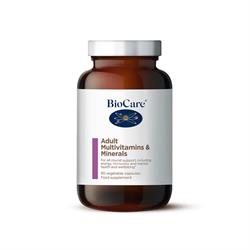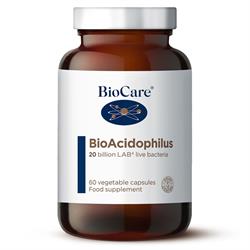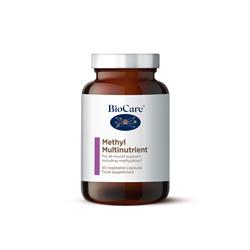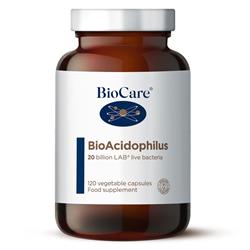Exploring the Umami Potential in Beverages
Have you heard of umami? It’s the fifth flavour.
Translated from Japanese, it means “savoury deliciousness” or “meaty.” Loved for its ability to reduce bitter-tasting foods while enhancing salt and sweet flavours.
Researchers from the University of Copenhagen’s Department of Food Science have recently published a paper in the journal Food Chemistry. Exploring the umami scale of flavours in beverages. Specifically the umami flavour content of wines, champagnes, beers and sakes (Japanese rice wine). Demonstrating that sake was a clear winner on the umami scale. They then paired foods with these beverages to analyse what food and beverage combination increased the umami potential. Scientifically speaking, the umami flavour is determined by examining how much glutamic acid it contains. The excitatory neurotransmitter glutamate transfers the umami taste.
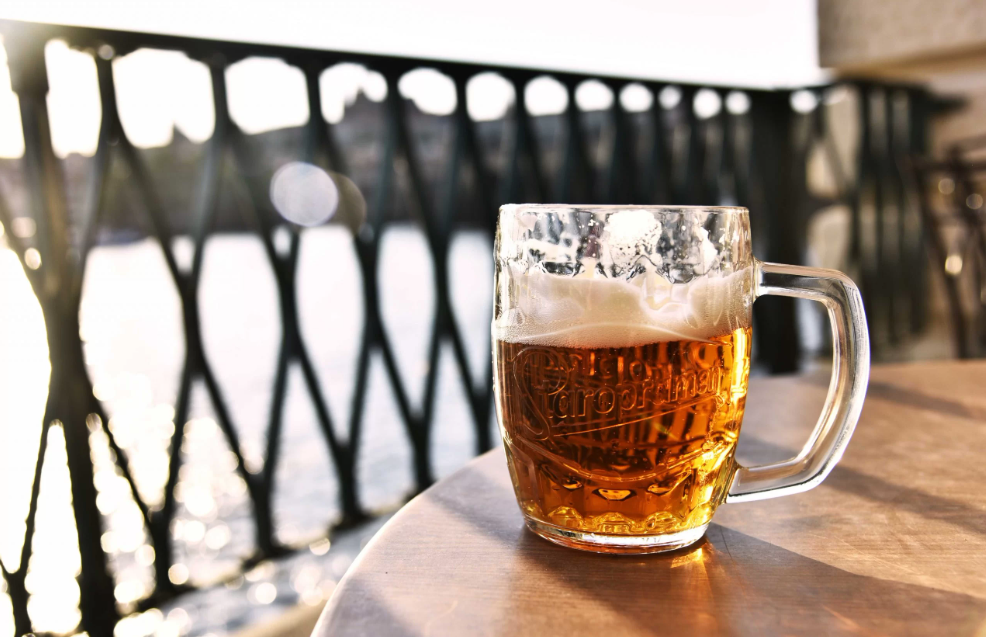
“Our results suggest that the longer a beverage’s fermentation time, the higher its glutamate content – which leads to more umami flavour. This is probably why sake leads the pack by so much in terms of umami, as it is typically fermented using both yeast and a mould culture called koji,” says co-author Charlotte Vinther Schmidt. Finding that oyster and tuna elicited the most powerful umami flavour when paired with each of the beverage classes. “If one takes a drink with glutamate and a food with just as many ribonucleotides (the building blocks of DNA and RNA), the umami flavour can generally be multiplied by eight,” explains Charlotte Vinther Schmidt. In general, the study found that fish and alcoholic beverages paired to boost umami flavouring. They now wish to test what vegetables pair with beverages to boost umami.

